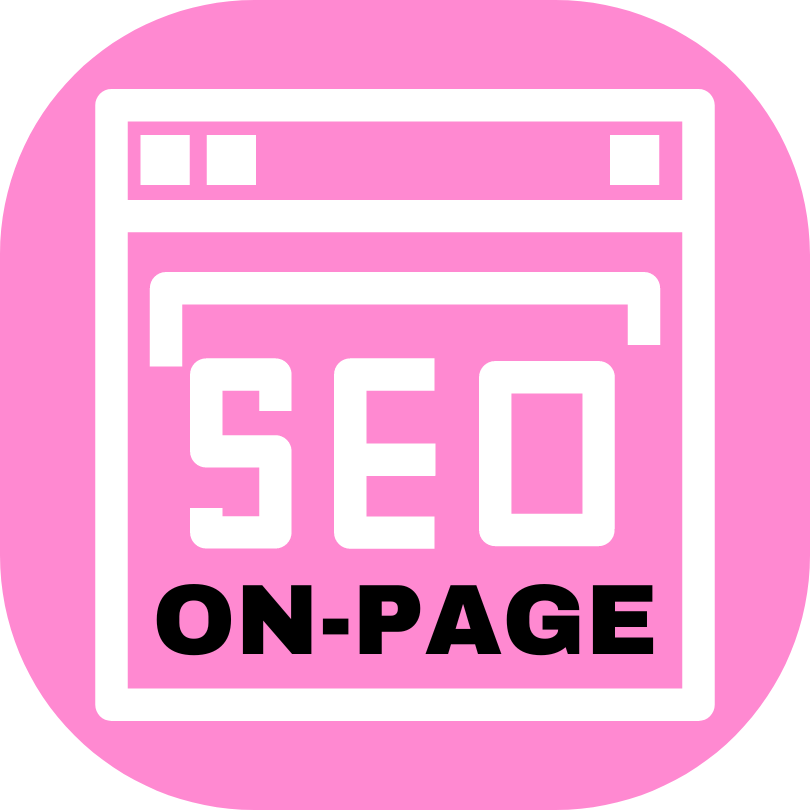On-Page SEO


What is On-Page SEO?
The practice of optimizing individual web pages to improve their search engine rankings and organic traffic. This includes optimizing content, meta title, meta description, headings, and other HTML elements.
On-page SEO (Search Engine Optimization) refers to the optimization techniques and strategies that are implemented directly on a web page to improve its visibility and ranking on search engine results pages (SERPs). It involves optimizing various elements of a webpage to make it more search engine-friendly and user-friendly, ultimately increasing its chances of ranking higher in organic search results.
Key Aspects Of On-Page SEO
Keyword Research
Identify relevant keywords and phrases that users might use to search for information related to your webpage. These keywords will help you tailor your content to match user intent.
Title Tag
The title tag is one of the most important on-page SEO elements. It should be concise, descriptive, and include your primary keyword. The title tag appears in search results and browser tabs.
Meta Description
The meta description provides a brief summary of your webpage’s content. It should be compelling, relevant, and encourage users to click through. While not a direct ranking factor, a well-written meta description can improve click-through rates.
Headings and Subheadings
Use hierarchical heading tags (H1, H2, H3, etc.) to structure your content. This helps search engines understand the organization of your content and the importance of each section.
Content Quality
Create high-quality, valuable, and relevant content that addresses the needs of your target audience. Include your target keywords naturally within the content, avoiding keyword stuffing.
Keyword Placement
Place your primary keyword strategically in the title, headings, and throughout the content. Aim for a natural flow of language while incorporating keywords.
URL Structure
Use descriptive and clean URLs that include relevant keywords. Avoid using long strings of numbers or unnecessary symbols.
Image Optimization
Optimize images by using descriptive filenames and alt tags. This helps search engines understand what the image is about and improves accessibility.
Internal Linking
Include internal links within your content to connect related pages on your website. This helps users navigate your site and distributes link equity.
External Linking
Link out to credible and authoritative sources when relevant. This can enhance the credibility of your content.
Mobile-Friendliness
Ensure that your webpage is responsive and mobile-friendly. With mobile devices being a significant source of web traffic, Google considers mobile-friendliness as a ranking factor.
Page Loading Speed
Page speed is important for user experience and SEO. Optimize images, minimize code, and use caching techniques to improve loading times.
Schema Markup
Implement schema markup to provide additional context to search engines about your content. This can enhance rich snippets in search results.
Social Sharing
Include social sharing buttons to encourage users to share your content, which can indirectly contribute to increased visibility.
User Experience
Design your webpage with user experience in mind. Easy navigation, readability, and engaging visuals all contribute to a positive user experience.
